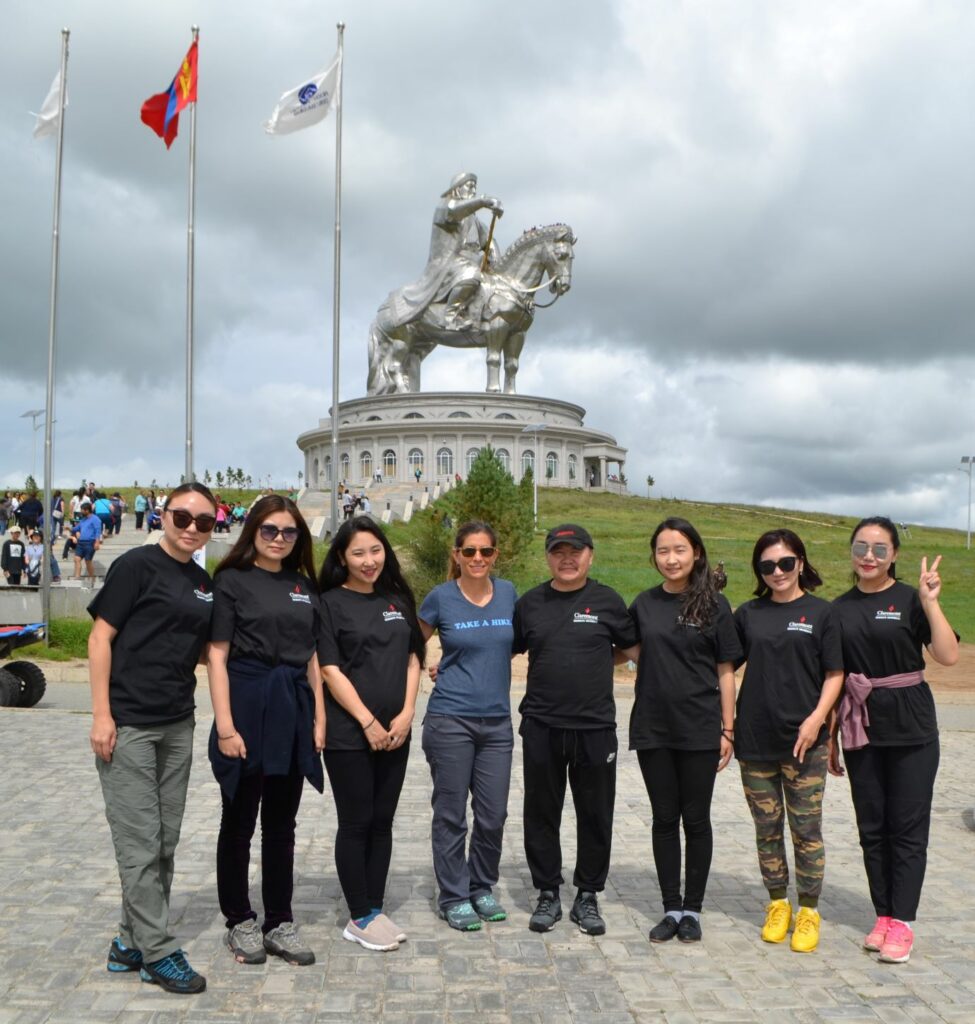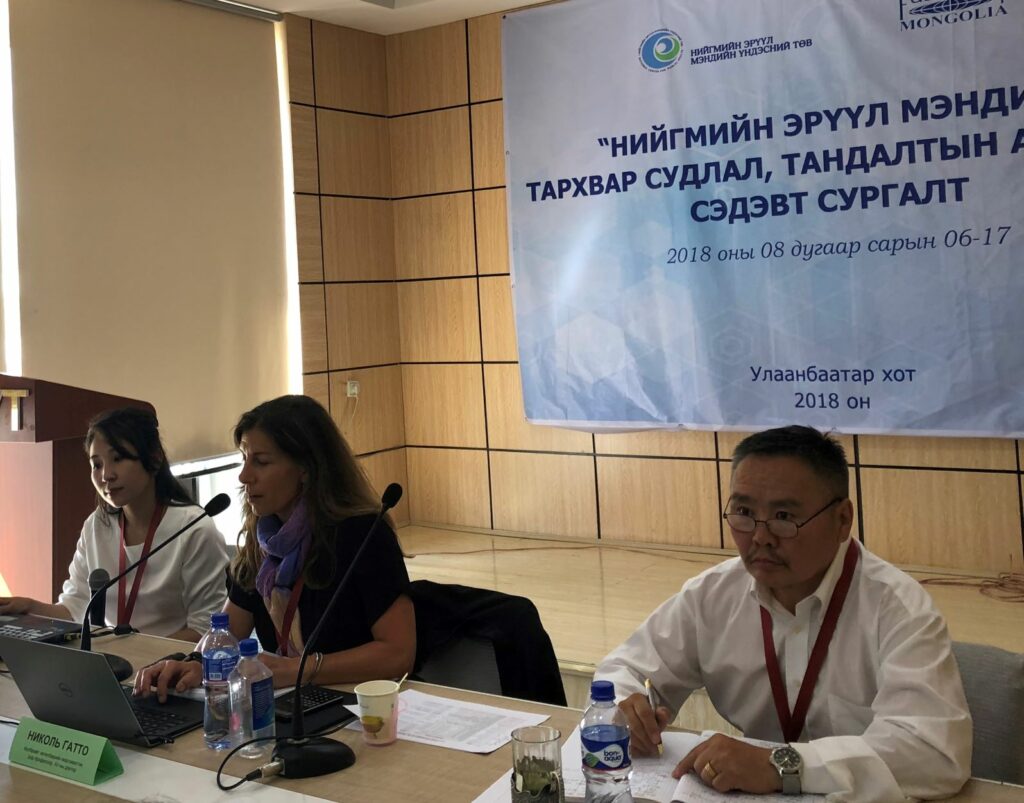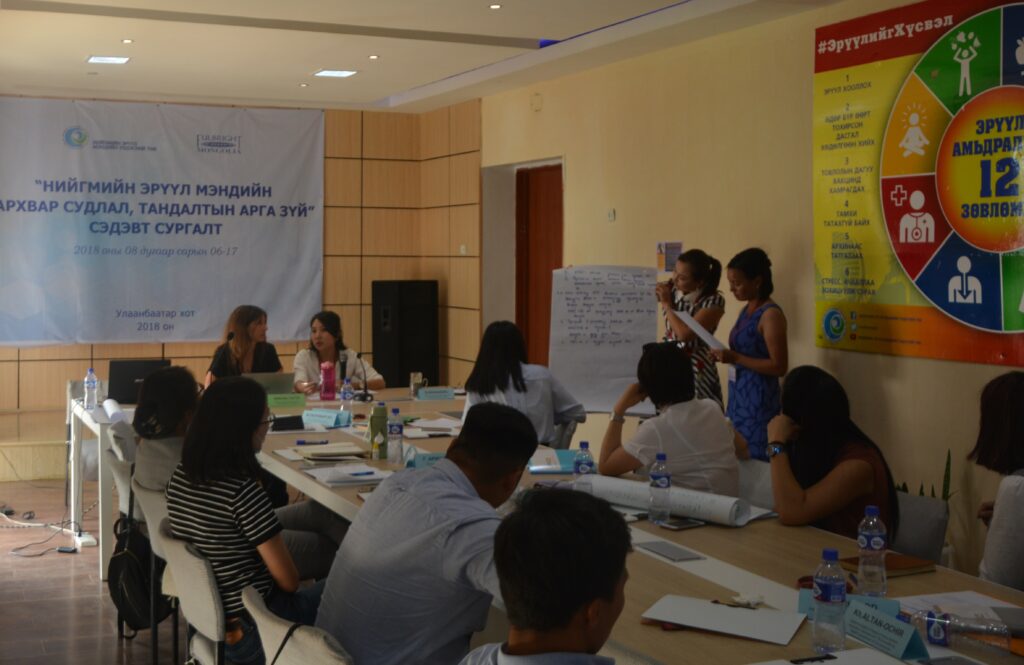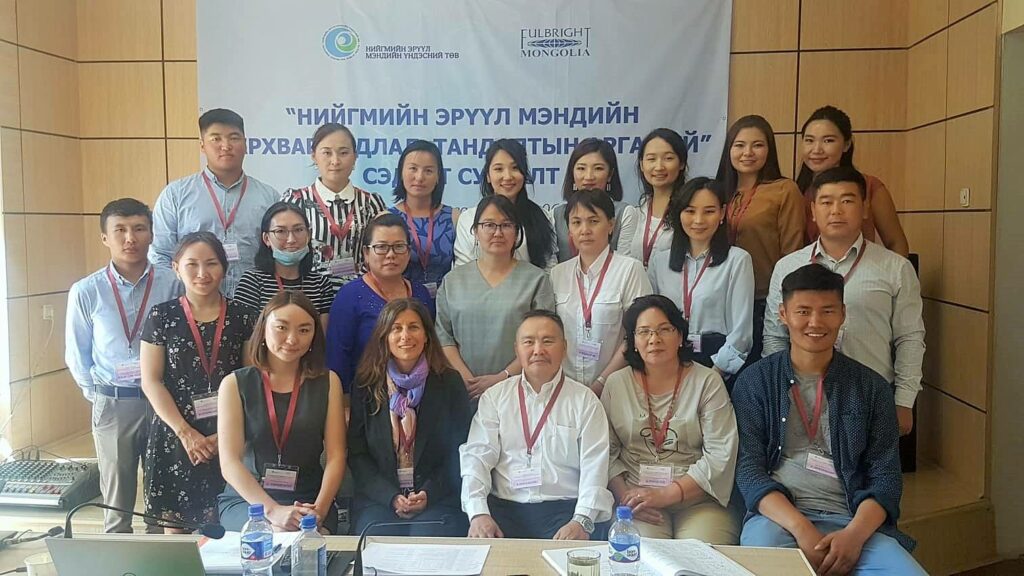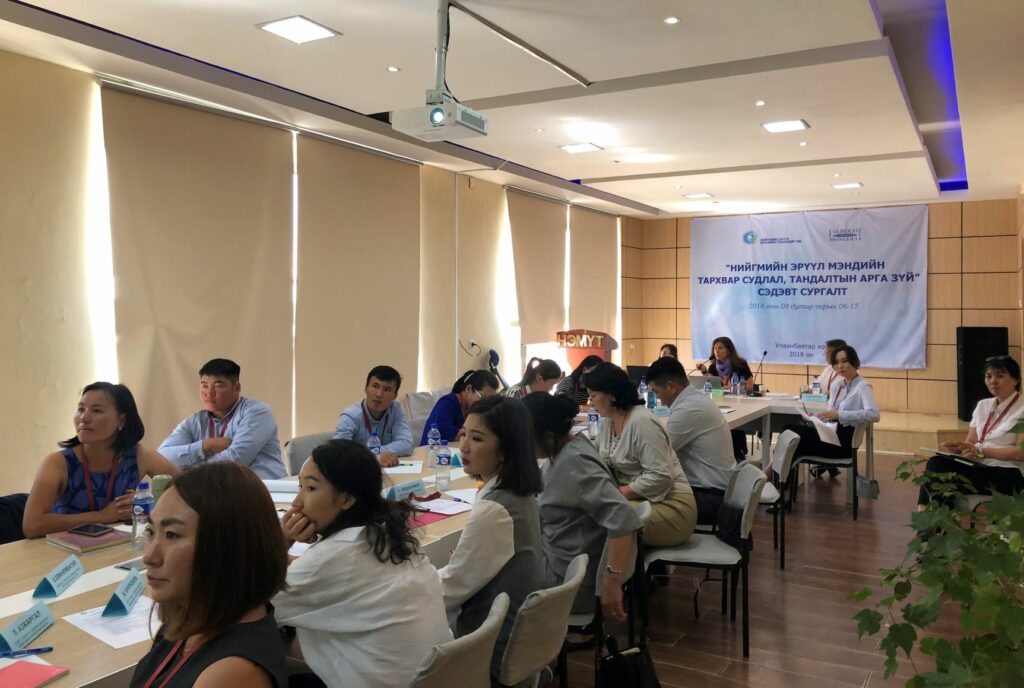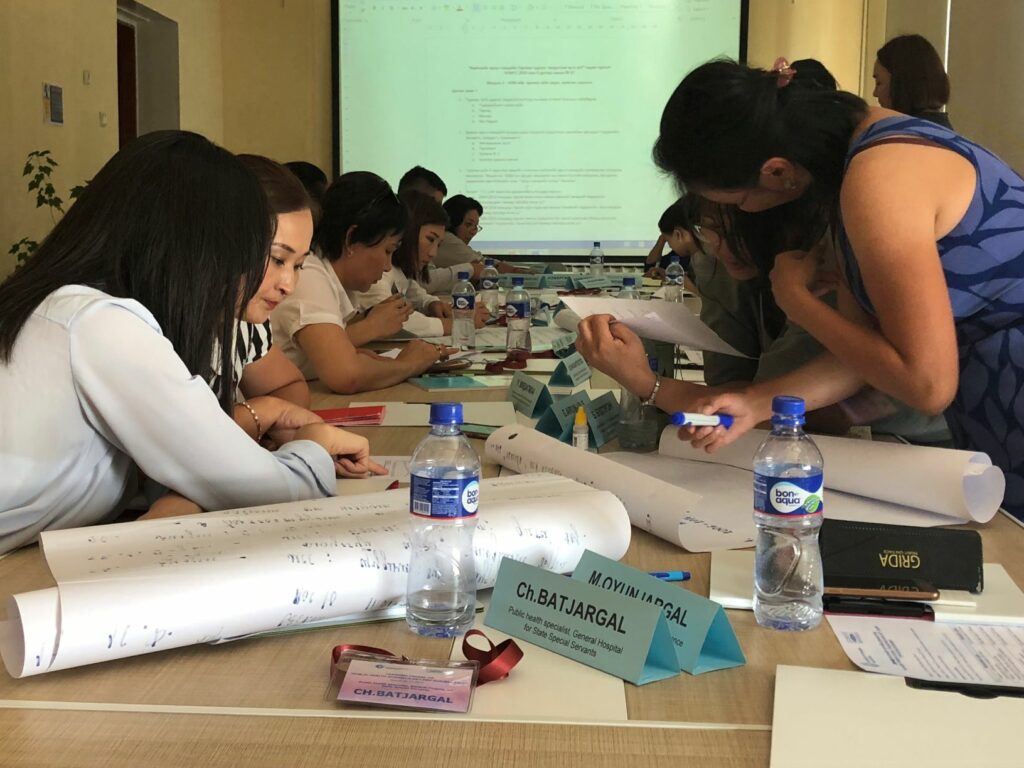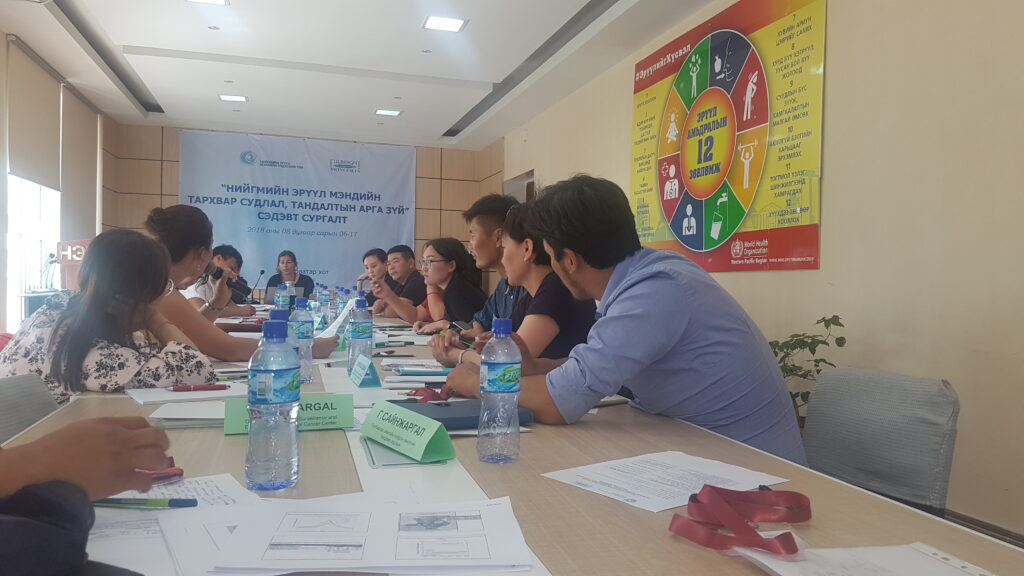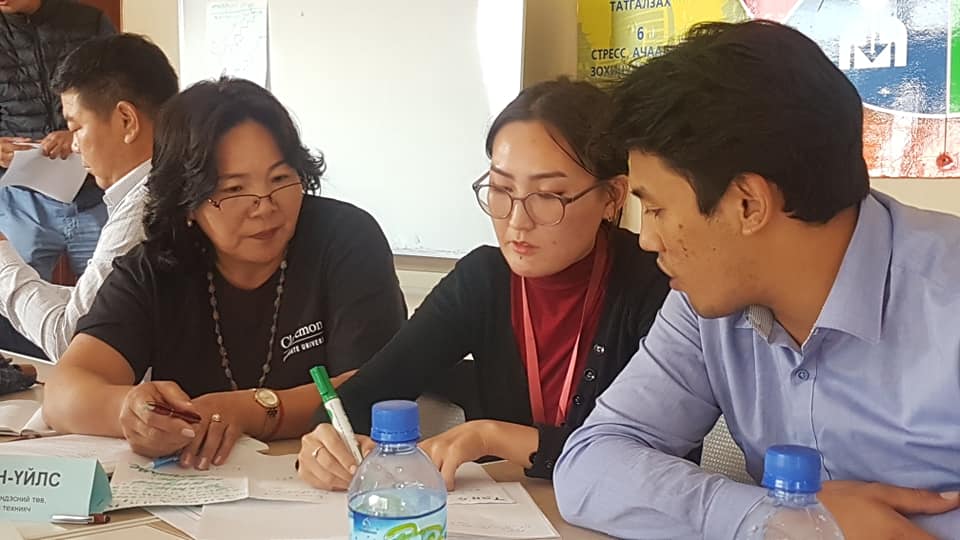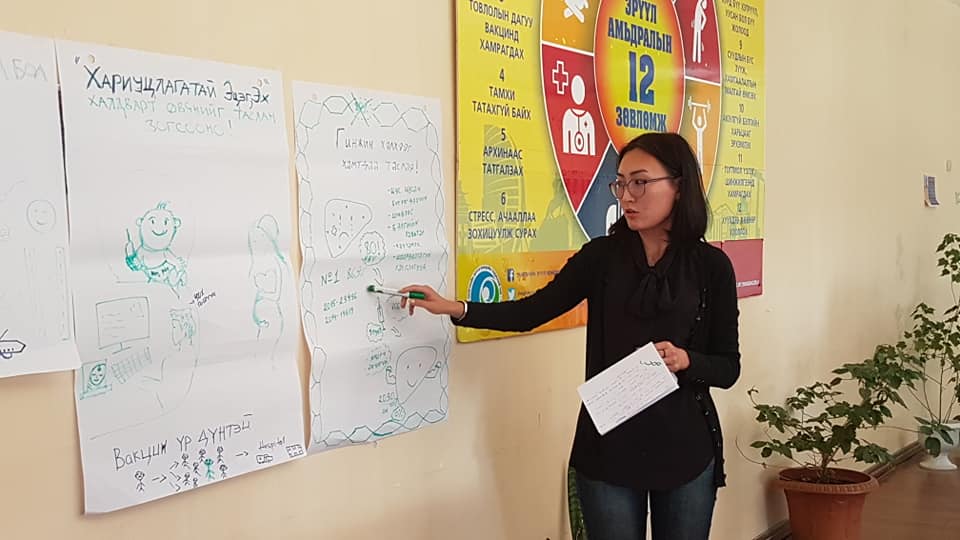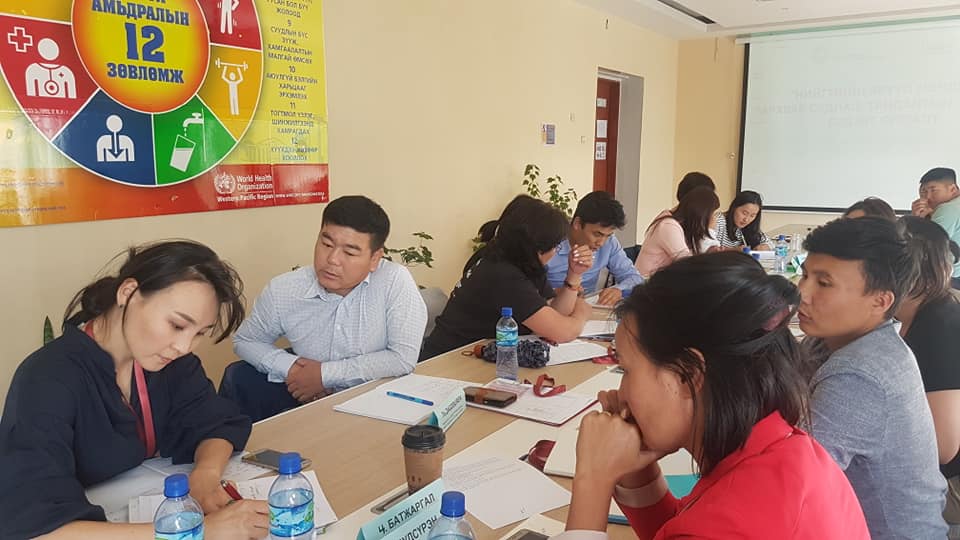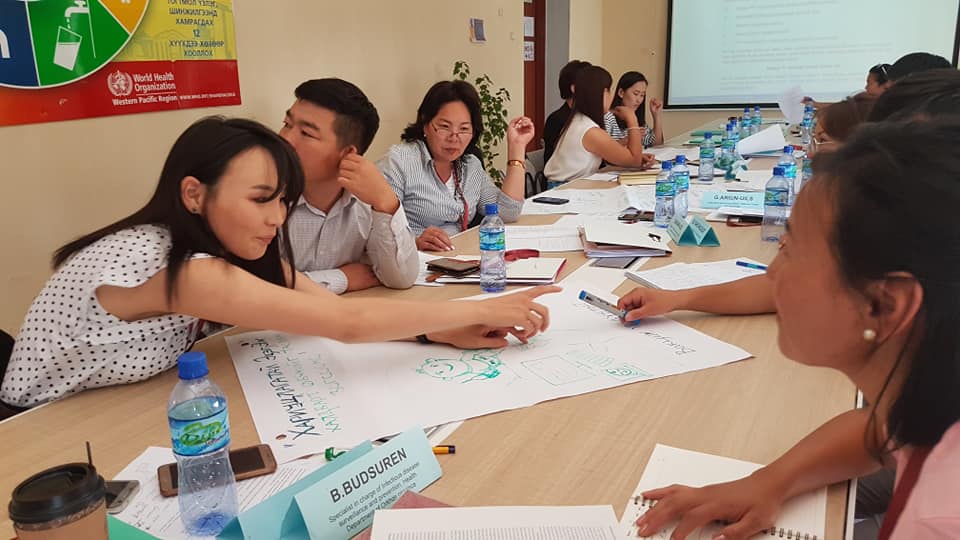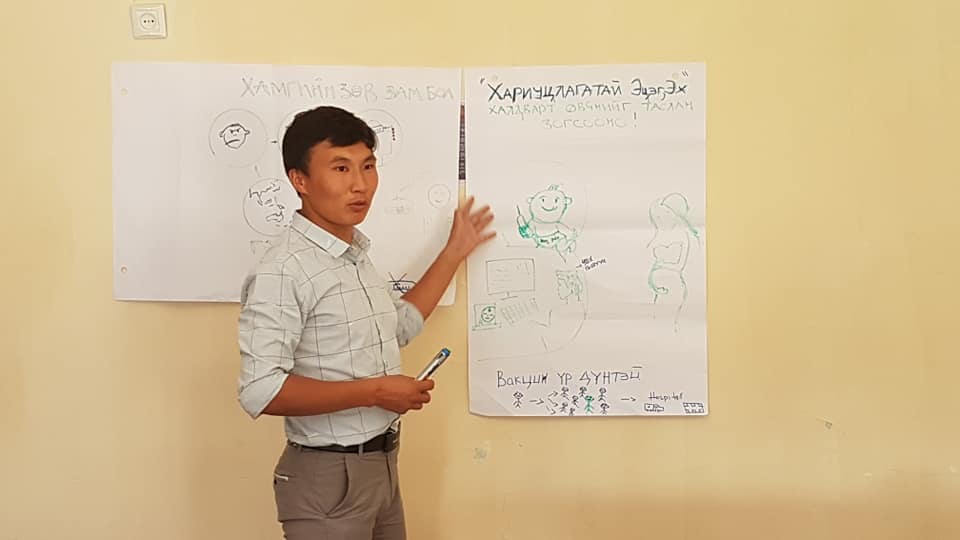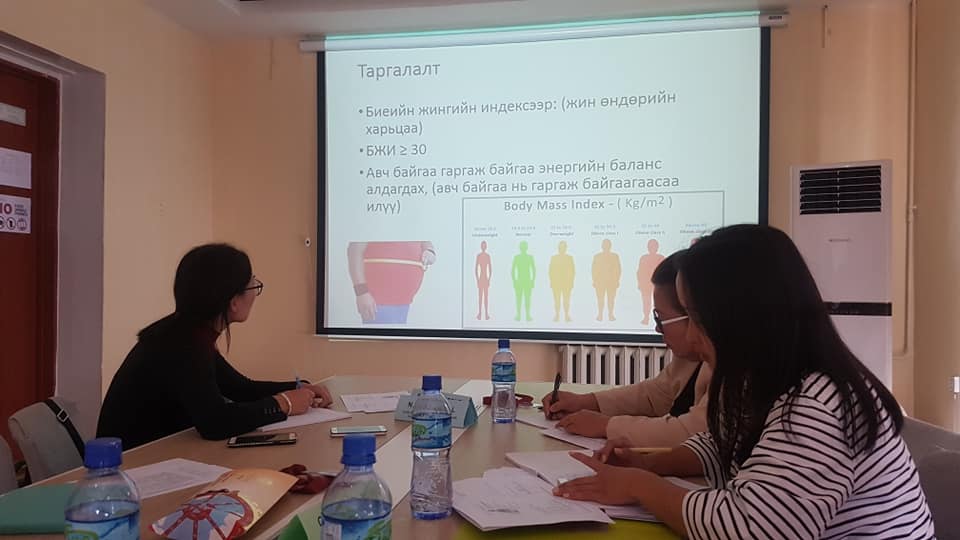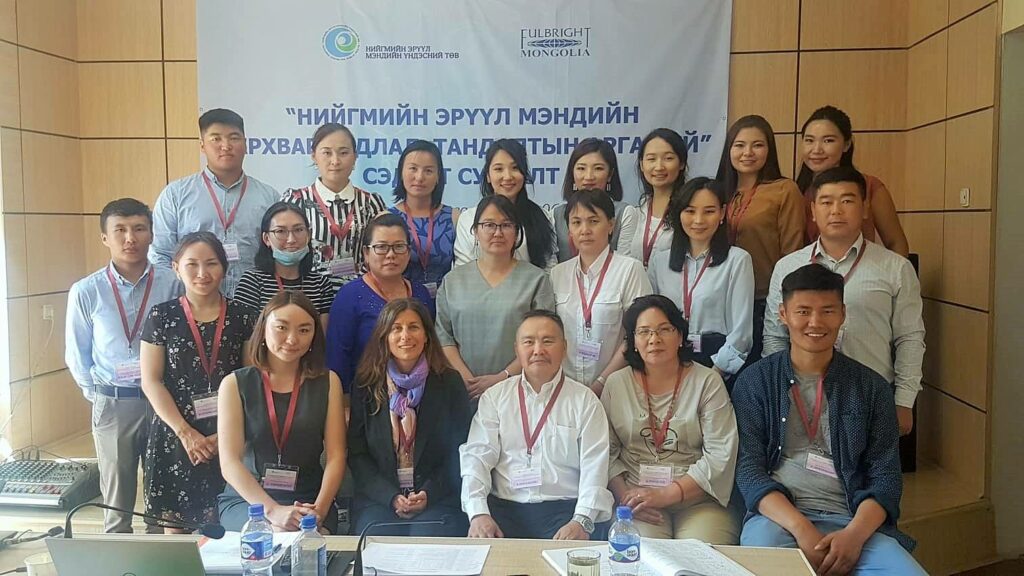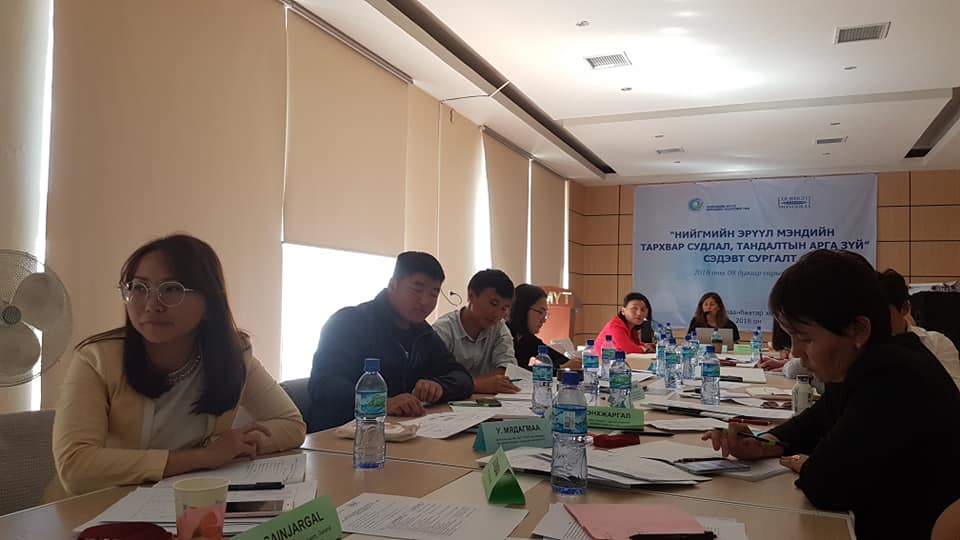In August 2018, I traveled to Mongolia to teach Epidemiology to public health professionals at the National Center of Public Health in Ulaanbaatar as a Fulbright Specialist. During a two-week period, I taught epidemiologic methods and applications to 22 trainees from six provinces in Mongolia. To do this, I developed an intensive course consisting of 10 modules, each addressing key topics including descriptive and analytical epidemiology, approaches to summarizing and displaying data, disease surveillance and outbreak investigation.
I modeled the course after prescribed material from the CDC and WHO, and as well as drew on my own experience teaching epidemiology. I designed each module to include a presentation/lecture component with integrated exercises followed by a problem set on which students worked in groups.
In preparation for the training course, I was provided with two recent reports on health indicators of Mongolia, and did additional research into major public health issues in the country. This information I utilized to tailor my training materials to a Mongolian experience. Current leading health concerns in Mongolia include high rates of cardiovascular disease, high prevalence of smoking (one out of two men smoke cigarettes), heavy alcohol consumption, incident liver cancer (inadequate sterilization of shared glass syringes prior to the 1990’s led to the development of hepatitis) as well as poor air quality particularly in winter months due to burning of coal for heating.
